order
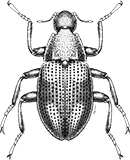
Coleoptera
“Adult Beetles”

Coleoptera
“Larval Beetles”

Diptera
“True Flies”

Ephemeroptera
“Mayflies”

Hemiptera
“True Bugs”

Lepidoptera
“Aquatic Caterpillars, Snout Moths”

Megaloptera
“Alderflies, Dobsonflies, and Fishflies”
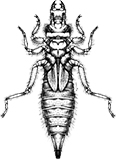
Odonata
“Dragonflies and Damselflies”

Plecoptera
“Stoneflies”

Trichoptera
“Caddisflies”
family
Nepidae
genus
Ranatra
“Waterscorpions”
Genus Overview
10 species in North America. Because of their appearance as a long thin insect with large front legs and long "tail" they have been nicknamed water scorpians. Despite the name they are not venomous. The long "tail' is actually a respiratory tube.
Characteristics
POLLUTION TOLERANCE
Southeast: 7.5 and higher
0 = least tolerant, 10 = most tolerant
FEEDING HABITS
Piercer / Predator
MOVEMENT
Climber
Swimmer
Swimmer
DISTRIBUTION
Widespread (east of the Rocky Mtns.)
HABITAT
Lentic-littoral
Lotic-depositional
Lotic-depositional
Diagnostic Characters
order
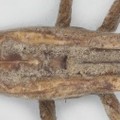
Hemelytra
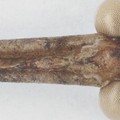
Needle-like Beak
family
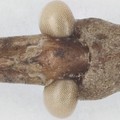
Antennae Shorter than Head
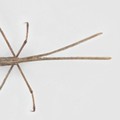
Long Breathing Tube on Abdominal Apex
+ Expanded Character List
Order:
Adults: With or without wings. If wings present, forewings typically leathery or hard basally and translucent and flexible apically. Nymphs: With or without wing pads. Segmented legs present. Mandibles hidden within needle-like beak in adults and nymphs.
Family:
The mouthparts are slender, needle-like; the antennae are short and hidden from dorsal view; the end of the abdomen has a cylindrical breathing tube composed of 2 slender, non-retractile filaments.
Genus:
anterior lobes of pronotum not wider than head, 3 genera
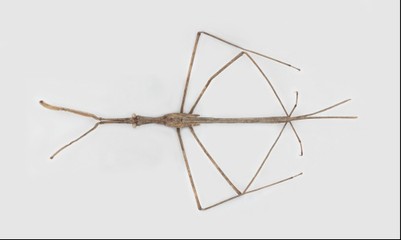
Dorsal



